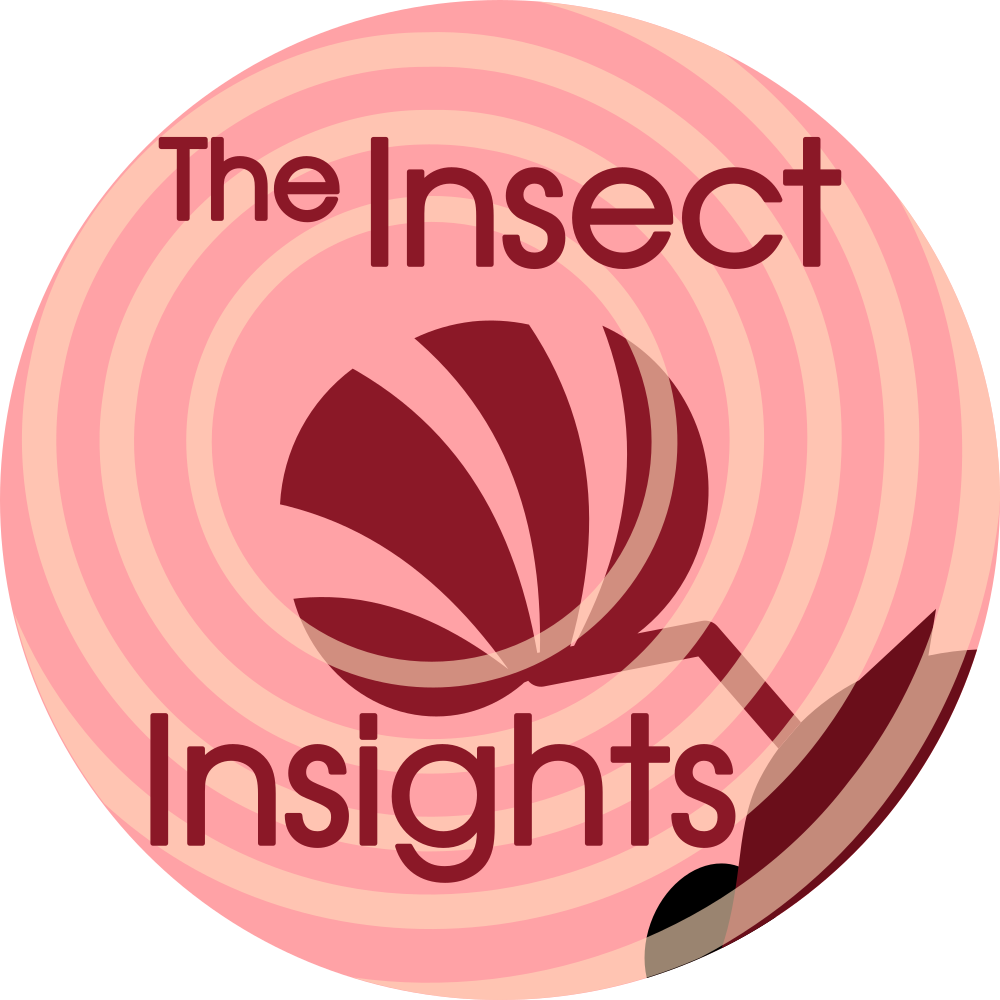The Rusty Tussock moth, a task splitter
The story of a caterpillar at a morphological crossroad.
You can listen to it over there
And find the other episodes on there, or on any podcast app:



This episodes uses the "European spring" soundscape, made from Naturalist recordings. You can find full details and other soundscapes on the dedicated page
Transcript
Picture yourself hidden in a crevice on an birch tree trunk, in a
forest. You are building your cocoon to prepare your metamorphosis.
You are a Rusty Tussock moth, ready to pupate. You have eaten as much
as you needed to embark on your journey to adulthood, and when you will
have finished weaving your cocoon, your transformation will start. You
stand at a development crossroad, as your species displays extreme
sexual dimorphism!
[European forest soundscape fades in]
Hi and welcome to the Insect Insights, chill insect stories to relax
and wonder, available wherever podcasts are. If you like this podcast,
you can subscribe, leave a review and even an insect question. I am Max,
your host, and I hope you are ready to dive into insect knowledge for
another weekly insight!
Spewing silken threads around yourself, you are putting together a
nice chamber to have a tranquil metamorphosis. Once this protective
cocoon will be finished, you will molt into a pupa, or chrysalis.
Leaving your old caterpillar skin, with all its flamboyant hair, you
will take the shape of a sober sarcophagus. It is inside this envelop
that the wonder of sexual polyphenism will happen.
Depending on the sexual chromosomes you were dealt, you will develop
one metamorphosed body, also called imago, or a completely different
other. A male, or a female. Very much like the egg and the sperm, one
will be very mobile and light, while the other will be heavy and
static.
With two similar sex chromosomes, you would turn into a male. Despite
looking like a common moth, you would fly during the day, in zigzag
across wind to pick up the scent of your goal: a mate. No time to feed,
no time for anything else: Your species has life well compartmentalized:
caterpillar feed, adults mate. No double tasking. To excel at this task,
the males have very developped antennae to detect the faintest smell,
and big eyes to navigate the air.
But if you were given two different sex chromosomes, then, you would
develop into a female! Once again, you would be much unlike the typical
moth. Tiny wings, short legs, and a gigantic abdomen. You would barely
be able to walk, let alone to fly! But you would let the wind carry your
olfactive signal, the sex pheromone sought after by your male
counterpart. Even your eyes would be different from theirs. Instead of
the eyes of a day flyer, you would have eyes suited for your lifestyle:
small and adaptable, to compensate for your lack in mobility.
Your species has life well compartmentalized: females call, males
come. No double tasking.
Sources
Mishra, M.; Meyer-Rochow, V. B. Eyes of Male and Female Orgyia
Antiqua (Lepidoptera; Lymantriidae) React Differently to an
Exposure with UV-A. Micron 2008, 39
(4), 471–480. https://doi.org/10.1016/j.micron.2007.02.006.
Lau, T. F. (Stanley); Meyer-Rochow, V. B. The Compound Eye of Orgyia
Antiqua (Lepidoptera: Lymantriidae): Sexual Dimorphism and Light/Dark
Adaptational Changes. Eur. J. Entomol. 2007,
104 (2), 247–258. https://doi.org/10.14411/eje.2007.039.



